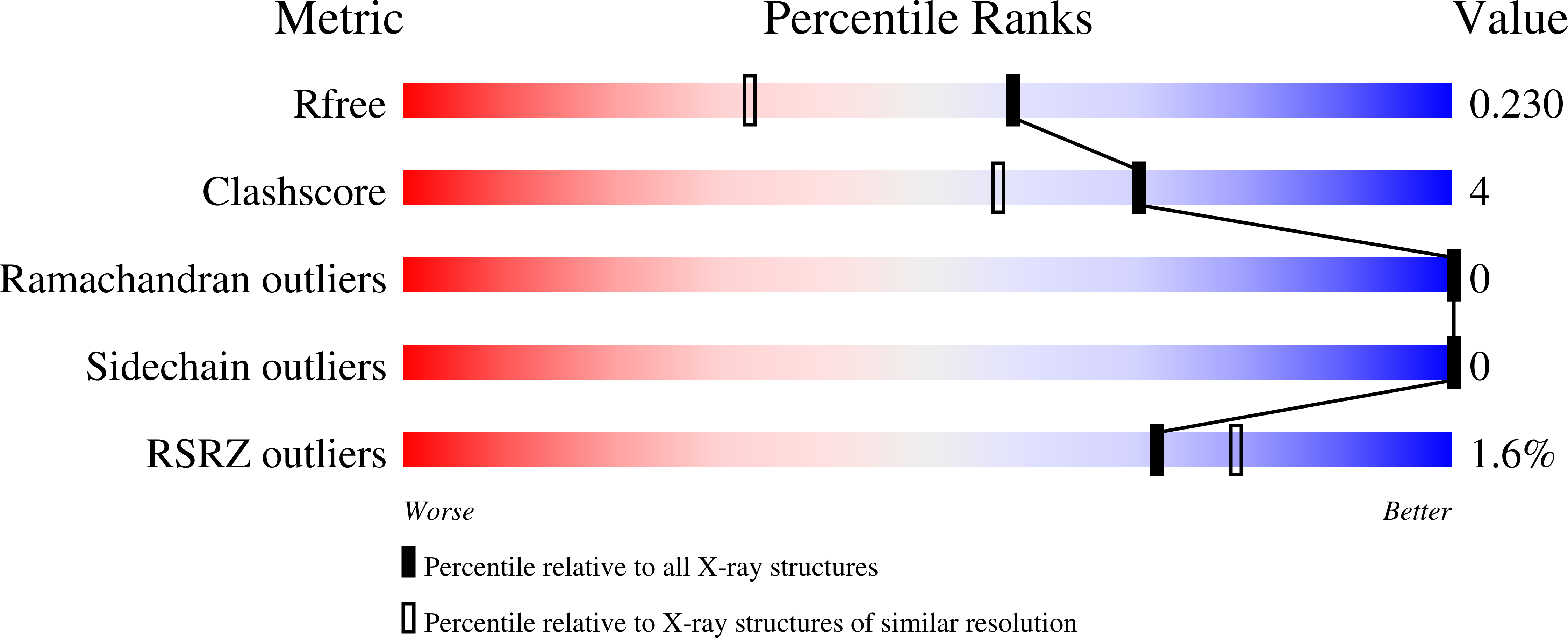
Deposition Date
2020-08-12
Release Date
2021-01-13
Last Version Date
2023-10-18
Entry Detail
PDB ID:
7JRQ
Keywords:
Title:
Crystallographically Characterized De Novo Designed Mn-Diphenylporphyrin Binding Protein
Biological Source:
Source Organism:
Escherichia coli (Taxon ID: 562)
Host Organism:
Method Details:
Experimental Method:
Resolution:
1.75 Å
R-Value Free:
0.22
R-Value Work:
0.19
R-Value Observed:
0.19
Space Group:
P 41 21 2


